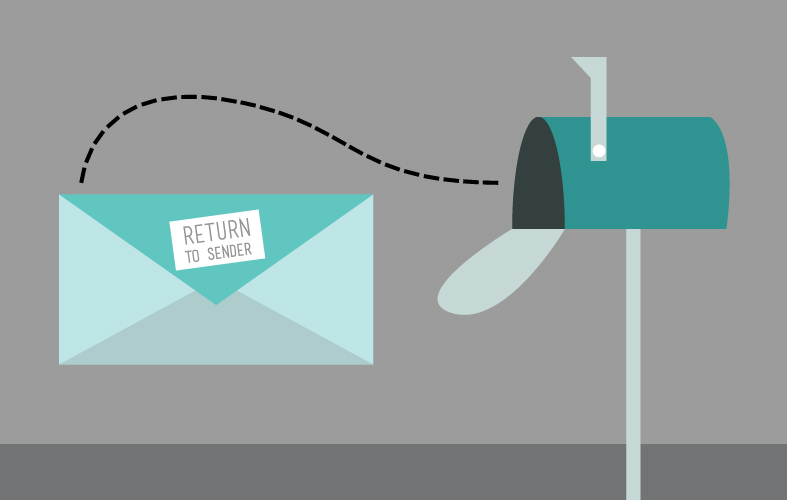You craft an email, select your target audience or segment and schedule it to send, fully expecting every member of the segment will receive your communication. By taking the right steps to improve deliverability, you feel confident that your message will make it to the inbox. However, when you check your send’s deliverability stats you are very likely to see a number in the “Bounces” column. How can you effectively manage email bounces and create more successful sends in the future?
Let’s get back to basics. A “bounce” refers to an email message that cannot be delivered to an intended email address. Typically, senders are sent a return email explaining why the email didn’t make it to the intended inbox.
There are two types of bounces: a soft and a hard bounce. A soft bounce occurs when a temporary issues exists with a recipient’s email address. This causes a delay of the message but doesn’t stop it altogether. Oftentimes, email servers attempt to deliver the message several times over a period of time. A soft bounce is only considered undeliverable if the retry period expires without a successful delivery to the inbox.
A hard bounce occurs when the email message is determined to be permanently undeliverable (insert the sad horn here).
OK, now that we have that out of the way, let’s get back to the issue at hand: How can you manage both soft and hard email bounces? Here are a few tips that should get you on your way to a low bounce rate.
Utilize a double opt-in procedure before adding contacts to your email lists/segments. Ever filled out a form and provided a false email address? Exactly. By confirming whether or not the email is real, you can prevent these invalid emails from entering your campaigns.
Don’t rent or buy email lists. I know it seems like an awesome idea but trust me, this can lead to more trouble than it’s worth! If you send communications to a list of folks you don’t have a relationship with, you run the risk of being suspected of spamming or even email fraud – especially if you have a bad reputation. This can result in your IP address getting blocked, thus bouncing all of your communication.
Keep it simple. Many emails are blocked by receiving servers because of their size. Make sure your messages do not include unnecessary attachments or large image files to improve deliverability.
Utilize lead and customer scoring to make sure the right messages are getting to the right people. If an email recipient blocks your communication it’s most likely because your content is irrelevant or simply not interesting to them. By utilizing lead and customer scoring, you can send very specific audiences messages that matter to them – especially if you’re utilizing a lifecycle marketing solution!
Remember, you can’t sweat what’s out of your control. This includes auto-responders, vacation replies or out of office messages, exceeded inbox quotas or overloaded and temporarily unavailable receiving servers. While these can create bounces, they are out of your reach. That’s one of the many reasons why bounce rates just never make it to zero!
However, you can manage your bounces and work to improve bounce rates with these four tips. Keep a close eye on your email send data and make sure your team is focused on maintaining a clean list to help minimize bounces and improve deliverability for your messages.

